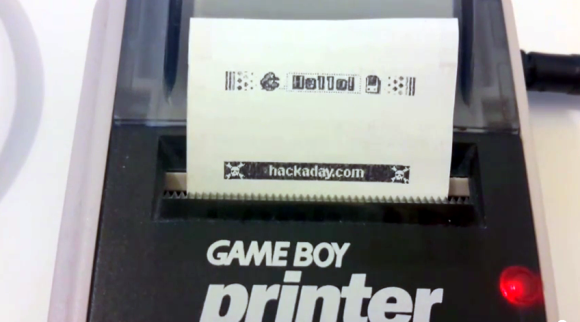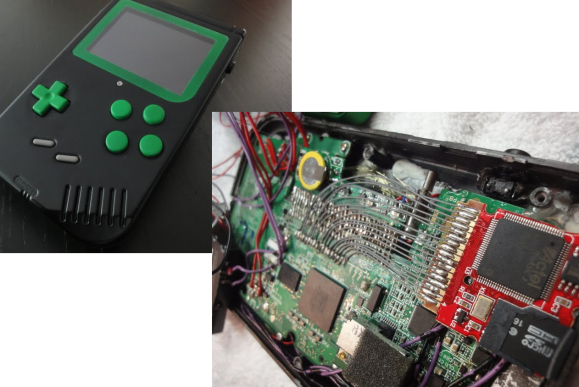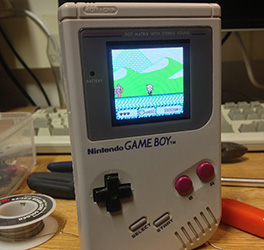
[Dave] has a Game Boy Printer and loves the Mario-themed Easter egg that prints while holding the feed button during power-up. When he heard that Microchip gave us some Fubarino boards for our Easter Egg Contest, this hardware immediately came to mind and he set out to add a Hackaday Easter egg to the printer.
To tinker with the hardware, [Dave] built on the work of [Furrtek]—featured here a few years ago—which simplified the process of printing directly from an Arduino board. Connecting the TX and RX lines of the Arduino triggers the new Easter egg. He demonstrates printing both of the hidden messages in the video below.

















